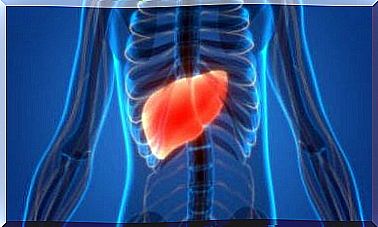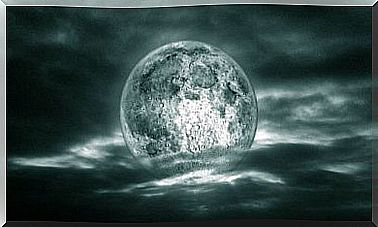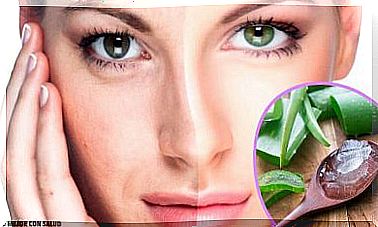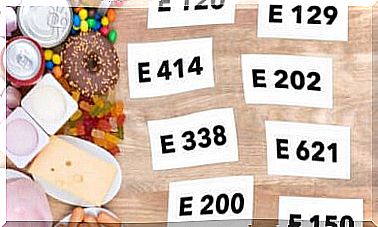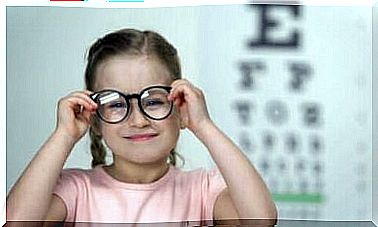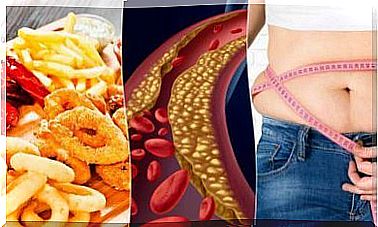Dental Agenesis: Its Types And Treatments
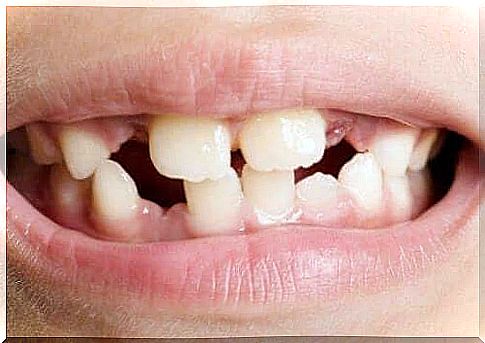
Dental agenesis is one of the most common malformations manifested by the absence of one or more teeth. It is not caused by poor oral hygiene.
It is a congenital problem that usually manifests itself in several members of the same family. This problem, contrary to what we may think, does not affect all teeth, but the incisors and premolars.
A prompt diagnosis is essential because the sooner the problem is diagnosed, the sooner you can treat it. The treatments consist of replacing the missing teeth or correcting them. This prevents the problem from getting worse and increases the patient’s self-confidence.
In this article, we will share with you the causes, types, and treatments of dental agenesis.
What are the causes of dental agenesis?
While dental agenesis is usually a hereditary condition, there are several other reasons why a person may develop this condition.
The most common is a physical obstruction or interruption that prevents the tooth from forming properly. As a result, it may eventually fail or be incomplete.
Not having enough space can be another reason for dental agenesis to manifest. Many patients have overlapping teeth due to a lack of space.
However, people who have it can also suffer from odontogenesis, which means that the teeth may not form as they should. As a result, some teeth never come loose.
Types of dental agenesis
Dental agenesis is the absence or malformation of several teeth. Whether this affects all teeth or just a few depends on certain factors. These range from the type of hereditary agenesis to how quickly the problem was diagnosed and the patient started treatment.
Here are the different types of agenesis:
- Hypodontia is characterized by the absence of between 1 and 6 teeth.
- Oligodontia is the absence of more than 6 teeth.
- Anodontia is the most severe type. Its feature is the complete absence of all teeth.
Patients with hypodontia or oligodontia may have missing teeth on one or both sides of their mouth. If they only have missing teeth on one side of their mouth, they are suffering from unilateral agenesis. However, if they are missing teeth on both sides, this is referred to as bilateral agenesis.
Available treatments
If you suspect you have dental agenesis, you should see a dentist or doctor for confirmation. Only then can you start a treatment. Following are some of the possible medical solutions that can be applied.
Dental implants
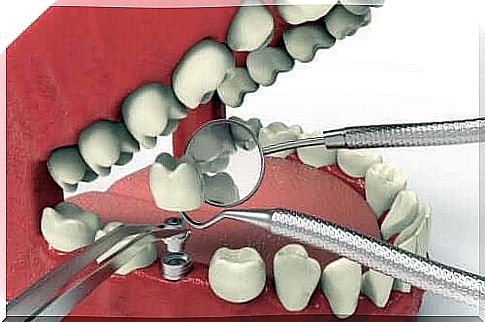
This is the most common treatment for dental agenesis. Depending on your age, the condition of your teeth or the number of missing teeth, your dentist can determine that a dental implant is the best treatment for you.
This is a procedure usually performed when some teeth are damaged or have fallen out. An implant is an artificial tooth that is stuck in the gums. Dentists fix this with a kind of screw that they implant in the jawbone.
The dentist must first carefully examine the condition of the gums to see if this treatment will give satisfactory results. We therefore recommend that you visit a trusted specialist in this field.
Orthodontics
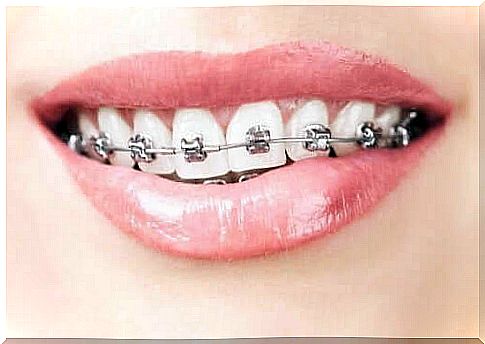
Orthodontics may be an option if you suffer from hypodontia. Braces may be a better choice than implants. This treatment will help you close the remaining gaps between your teeth, so you don’t need dental implants.
There is also a possibility to get a partial denture. However, this would be the last resort in the event that none of the above treatments are possible.
To ensure the desired results, it is very important to choose a dentist who has previously treated dental agenesis.
Do you know someone who suffers from this problem? Do you suffer from it yourself? As you have seen , there are treatments that can help you solve this problem as quickly as possible.
